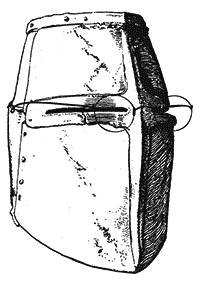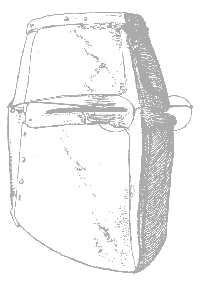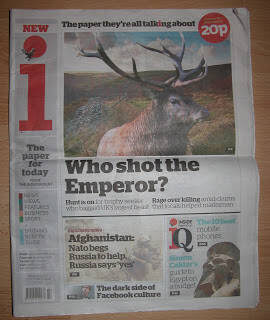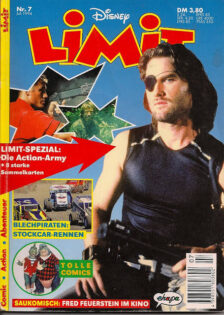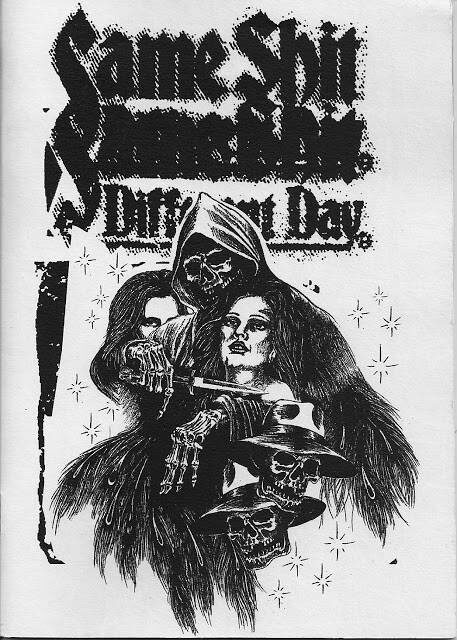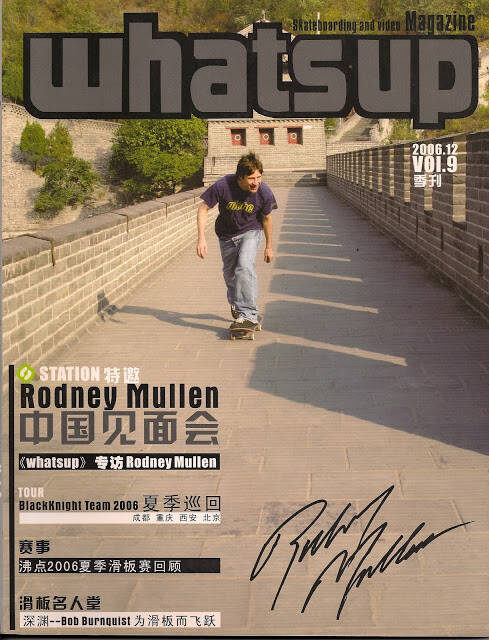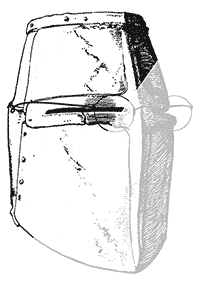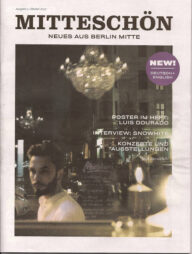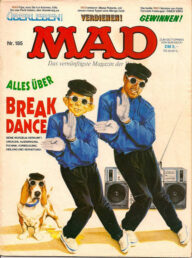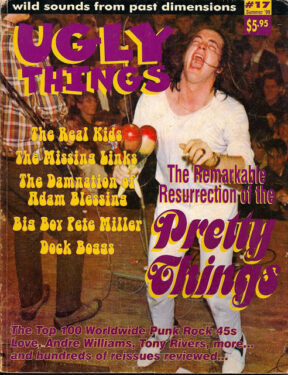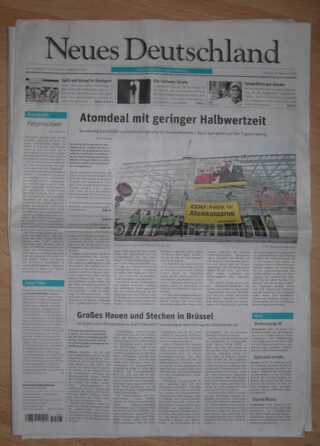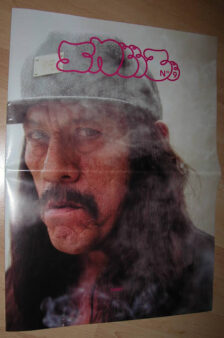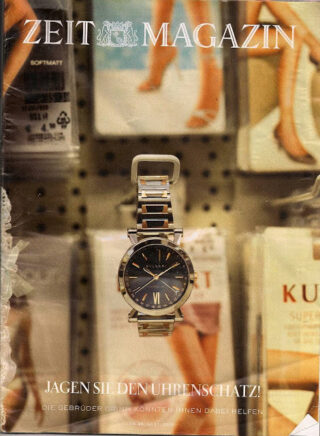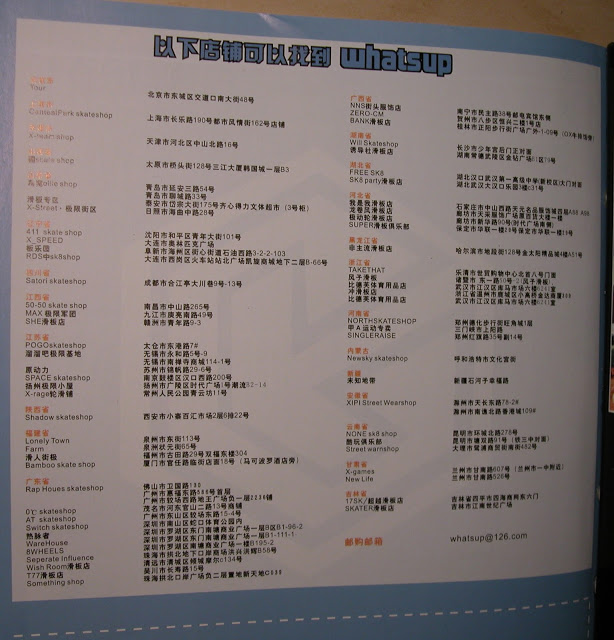Querverweis V: Nicholson Baker über die Vernichtung alter Druckwerke
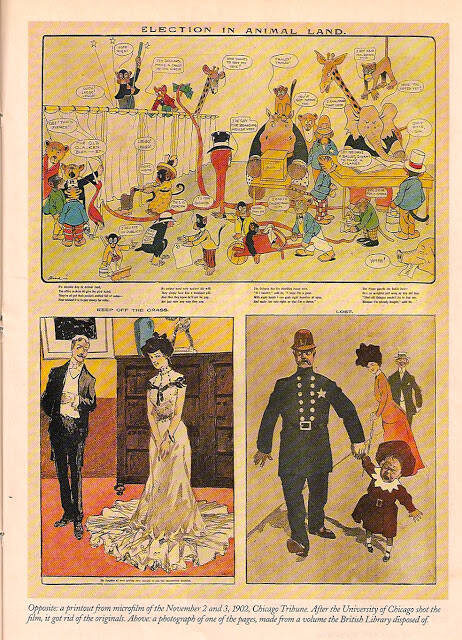
Was die Rubrik „A Reporter At Large“ bedeutet, wurde bereits erklärt. Hier ist ein weiterer Ausschnitt aus dem Tummelplatz der guten Schreibe.
In der der Ausgabe des New Yorker vom 24. Juli 2000 erklärt der Zeitschriftensammler Nichsolson Baker in einer Art Vorabdruck seines Buches Double Fold: Libraries and the Assault on Paper den entstehenden Schaden bei der Übertragung alter Zeitungen auf Mikrofilm:
„Still, there is nothing intrinsicallly wrong with microfilming. Taking tiny black-and-white pictures of things isn’t objectionable so long as picture-taking isn’t destructive. In fact, microfilm can be extremely useful: it is portable and reproducible, and for many kinds of simple referential research it can serve as a stand-in or buffer copy that will reduce wear on irreplaceable and fragile originals. Nobody objects to postcards of Dürer woodcuts, or coffee-table books filled with reproductions of vintage ociean-line posters, because the existence of handy copies of these works of art, in reduced size does not induce museum curators to slice up or throw away the originals.
But the microfilming of old newspapers (which contain many thousands of woodcuts, by the way, not to mention Easter-egg cutouts, paper dolls, dress patterns, and illustrated sheet music) has, right from the beginning, been intimately linked with their destruction. The disbinding of every volume in order to speed production and avoid gutter shadow (the middle area of an open volume, where the pages torn down toward the binding, is a region hard to light and keep in focus) was, and still is, the preferred method of newspaper microphotography in the United States. The technique was systemetically applied at the Libary of Congress. Luther Evans described a pilot project to film a run of the Washington Evening Star in 1941: ‚The entire back of the binding was sheared off under a power cutter and the pages photographed individually.‘ Evans called this ‚the ideal technique for microfilming bound newspapers.‘ S. Branson Marley, who was chief of the libary’s serial division wrote years later of that disbinding, ‚This was a major decision, for it meant that in order to film a file for preservation, it was necessary to destroy it; once the volumes were cut for this purpose, it was impractical, and usually impossible, to restore them.“
Selbstverständlich liefert er auch anschauliche Kostproben, die zeigen was für minderwertige Reproduktion der Mikrofilm, trotz des Zerschneidens der Publikationen, zustande bringt:
Original
Mikrofilm

Wie zwölf Jahre später, also heute, die Übertragungsqualität aus Holzmedien aussieht, vermag ich nicht zu sagen. Sicher ist, dass bei der Digitalisierung für diesen Blog keine Zeitschriften und Zeitungen vernichtet werden.
Zumindest keine, die es nicht verdient haben.


